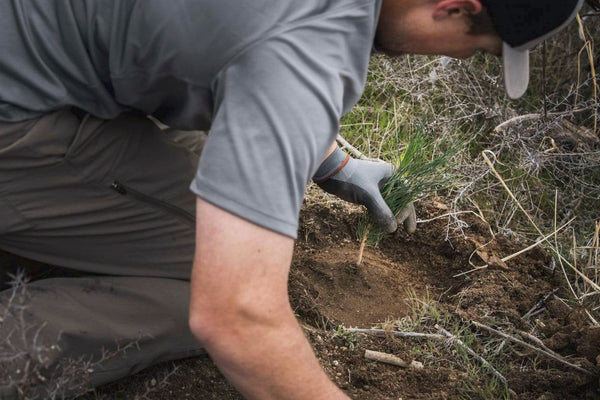rainforest Deforestation is a Major threat to Biodiversity around the world
Deforestation is a major threat to forests around the world, and rainforest deforestation is an alarming concern, given that these types of forests account for a large portion of the earth’s biodiversity. lthough the 2022 State of the World’s Forests report found that the overall rate of deforestation is declining, we’re still losing a very high number trees each year. In 2019, a football pitch of primary rainforest was lost every 6 seconds, and the tropics lost 11.9 million hectares (119,000 square kilometers) of tree cover overall.
What are the main drivers of deforestation in the rainforest? While the overall drivers of deforestation around the world are numerous, including wildfires, farming, and urbanization, one of the most complex and devastating causes of rainforest deforestation, especially in the tropics, is agriculture, or the production of commodities (raw materials to be bought and sold).
Amazon rainforest deforestation, in particular, is something that gets talked about a lot — and with good reason: also in 2019, Brazil accounted for a third of the world’s tropical primary forest loss. But deforestation in the amazon rainforest is just one part of a larger story that, unfortunately, includes tropical forest loss in every major tropical region — with consequences for climate change, animals and plants, the rights and livelihoods of local communities, and more.
Recent research and improved spatial data and monitoring is giving scientists an increasingly nuanced understanding of what’s happening on the ground. These observations show that the drivers of deforestation are more complex and more rapidly changing than previously understood. A recent study by the International Institute for Applied Systems Analysis (IIASA) found that, currently, the three major tropical regions are primarily affected by:
- Latin America: pasture and shifting cultivation, including cattle ranching and, in some areas, smaller scale agriculture
- Africa: subsistence agriculture and shifting cultivation, as well as managed forests, wildfires, roads, and commercial agriculture
- Asia: shifting cultivation and other subsistence agriculture, commercial palm oil, and managed forests.
Watch the video to learn more about the deforestation definition and deforestation effects
4 main drivers of deforestation in Tropical Areas
Regardless of region, consistently, the four main drivers of tropical deforestation have been identified as beef, soy, palm oil and logging.
1. Beef
Beef production is consistently identified as the top driver of deforestation in the world’s tropical forests. This is primarily in the form of forest conversion actions that cattle farmers undertake to create more pasture land and to grow feed. Beef production also promotes the conversion of non-forest landscapes like grasslands and savannas, and is a particularly prevalent driver in Latin America, where the Amazon Rainforest, the Cerrado Savannah, and the Gran Chaco dry forest are under threat.
2. Soybeans
The second biggest driver of tropical deforestation is soybeans — and global soybean production has increased more than 15X since the 1950s. But before you shun the tofu, keep in mind that demand for soy is closely connected to demand for beef and other animal proteins. In fact, approximately 80% of all soybeans grown go directly into feed for cattle, poultry, and pigs. A significant amount of soy is also used to produce vegetable oil and biodiesel.








